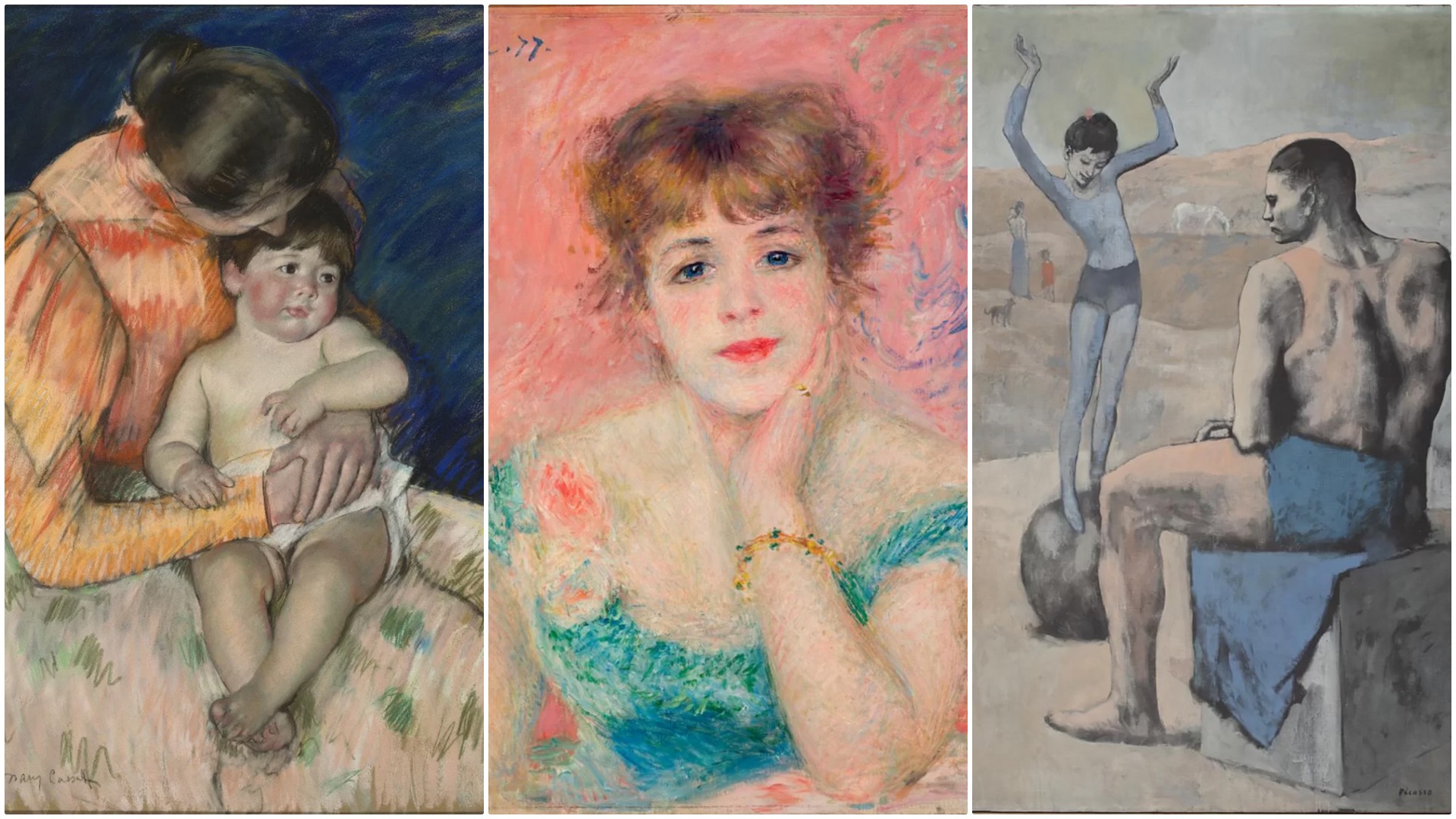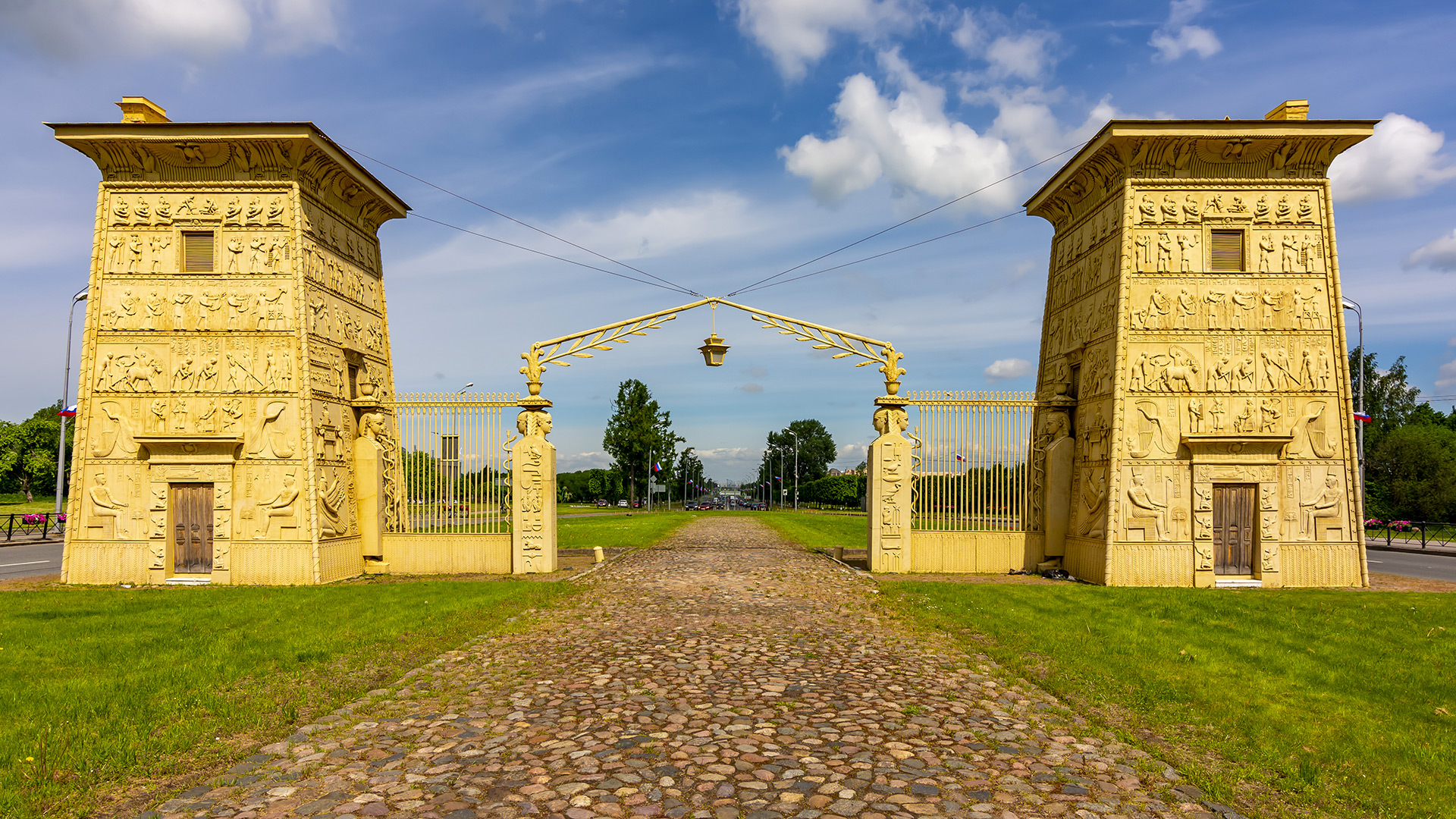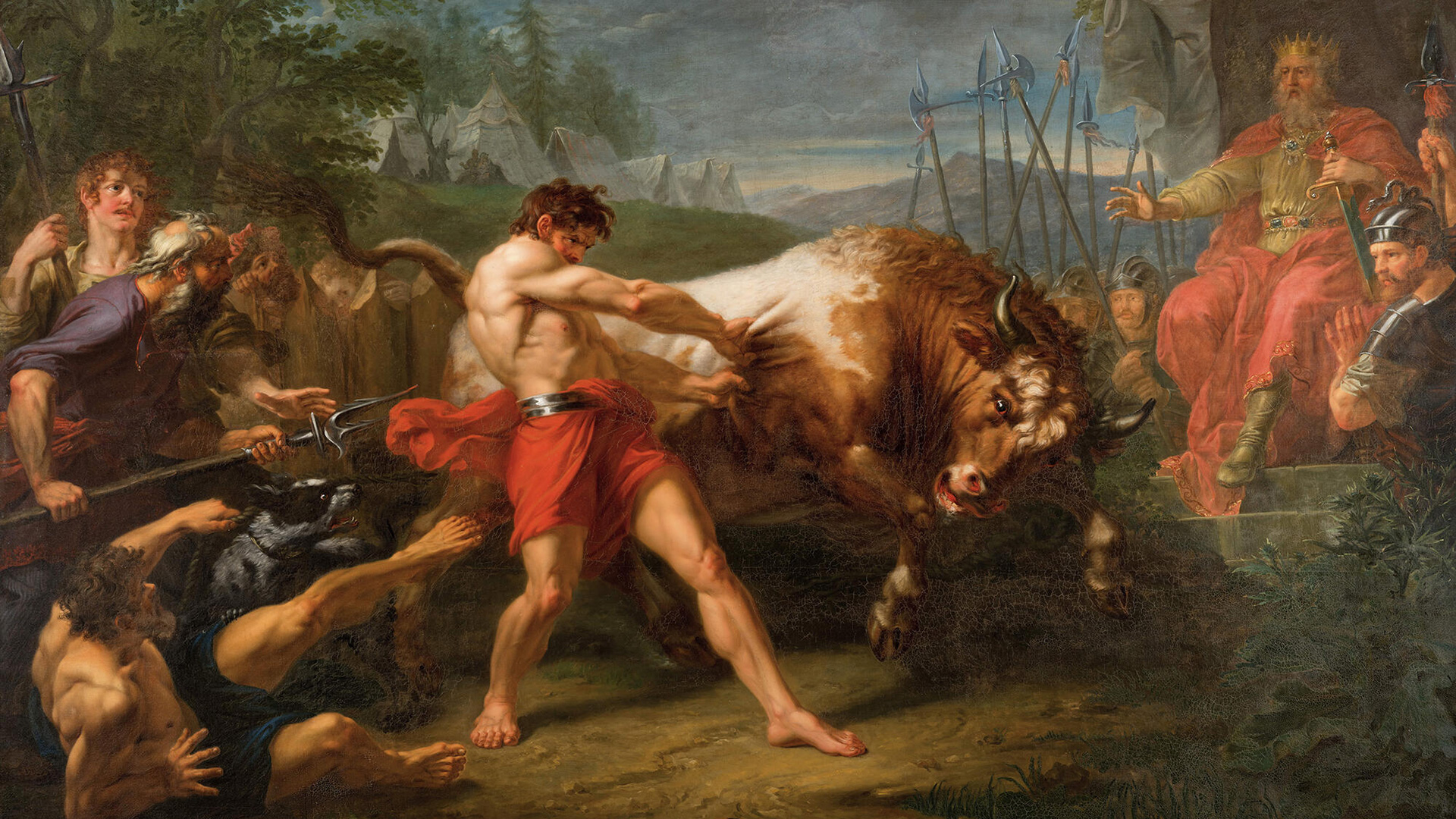
How a peasant from Karelia became the greatest master of Fabergé eggs

Mikhail Perkhin was born into a wealthy peasant family in the Karelian village of Okulovskaya on May 22, 1860. At the age of 16, he lost his father and responsibility for his mother, sister and younger brother fell on his shoulders.

The young man, like many others, went to work in St. Petersburg. As Swiss Franz Bierbaum, one of Fabergé's masters, later noted in his notes, Perkhin was self-taught and arrived in St. Petersburg illiterate.
Let them be self-taught
Young Perkhin, presumably, became an apprentice to Vladimir Finikov, the leading jeweler of the famous Bolin firm. The brand's products were supplied to the Imperial Court, including, for example, the famous tiaras and parures of Russian empresses and grand duchesses.The fact that this jeweler was Perkhin's teacher is hinted at by Mikhail's marriage in 1884 to Finikov's 17-year-old daughter Tatiana.

In the same year, Perkhin was registered as an apprentice of the St. Petersburg Craft Board for goldsmithing and received the title of master goldsmith: it was awarded upon successfully passing an exam, while the applicant had to have a separate household and at least one apprentice. Henrik Wigström, a Swedish Finn and the son of a fisherman, became Perkhin's apprentice and main assistant for all the following years.
Already in 1886, Perkhin found himself in the firm of Carl Fabergé and became its leading jeweler. Under the patronage of his boss, two years later he received permission from the St. Petersburg mayor to open his own workshop, which was located in an apartment on Bolshaya Morskaya Street, famous since the mid-18th century as a street of jewelers.
Fabergé enjoyed the special favor of the imperial family. In 1885, he received the title of Supplier of the Highest Court with the right to depict the state coat of arms on the signboard and, in 1890 , appraiser of the Cabinet of His Imperial Majesty, thanks to which the coat of arms could also be depicted on shop windows and the logo.

Karl himself acted as manager, but gathered skillful craftsmen and artists around him, and was able to recognize talent even in novice artisans. Each leading craftsman contributed to the business and was inspired by his favorite styles: Perkhin, for example, was a genius of the Rococo and Baroque styles and often used Russian stylistic elements in his work. In addition, he made a significant contribution to the technology of multicolored gold and guilloche enamel, which was then used by other masters. So, when Carl Fabergé sent his son Alexander to France in 1906 to study with enameler Louis Guyon, the latter was very surprised and said that they should learn the craft from the Russians, not vice versa.
His own brand
The flow of imperial and private orders was inexhaustible, the most important and technically complex products were given to Perkhin's workshop. At the same time, he often took on the most important items personally. The number of Perkhin's employees amounted to about 25 percent of the entire St. Petersburg branch of Fabergé, but his workshop created a good half of all the firm's products. In just 15 years, some 20,000 products were made. Items with the Perkhin brand – ‘M. P.’ – can often be found on the antique market even today.

In 1889, Perkhin created the most expensive snuff box in the history of the Russian Imperial House: decorated with diamonds and a portrait of Alexander III, it was intended as a gift to German Chancellor Otto von Bismarck. Fabergé received more than 12,000 rubles for it.

Perkhin's brand can also be found on the most expensive Fabergé item (not counting the precious Easter eggs) – a magnificent 1891 clock, created for the silver wedding of the imperial couple. This clock and the ‘Rothschild’ egg (also by Perkhin) were donated to the Hermitage by Russian President Vladimir Putin.
Golden Eggs
When the firm moved into its own new building on Bolshaya Morskaya Street in 1901, Perkhin's workshop occupied the third floor. At that time, he already employed more than 50 people. A year earlier, at the 1900 World Exhibition in Paris, when for the first and only time before the revolution, imperial Easter gifts were taken abroad, Perkhin was awarded a gold medal. The famous Faberge eggs became the crowning achievement of the Karelian jeweler.

Researchers believe that Perkhin created 28 imperial Easter eggs out of 50. One of Perkhin's main masterpieces was the ‘Coronation’ egg, made for Alexandra Fyodorovna in 1897. The colors of the enamel, diverging in the form of sunbeams, were chosen in accordance with the coronation attire of Nicholas II, on top of which is a lattice of laurel ribbons with double-headed eagles. As a surprise, a tiny carriage of Catherine the Great is hidden inside.

Other famous included such Easter eggs as ‘In Memory of Azov’ with a miniature ship on which Tsesarevich Nicholas made a trip to the East, the ‘Trans-Siberian Express’ with a model train, ‘Gatchina’ with Maria Feodorovna's favorite palace, ‘Pelican’ with a list of charitable deeds of the empress dowager and ‘Lily of the Valley’ with portraits of the last emperor and his eldest daughters, Olga and Tatiana. Perkhin also had time to start the magnificent ‘Moscow Kremlin’, which is now kept in the Armory Chamber, but the work had to be completed by Wigström. It was presented as a gift as early as 1906: due to the sudden death of the master and the outbreak of the Russo-Japanese War, which required savings, Fabergé was forced to take a two-year break.

Due to constant overwork, the master fell seriously ill at the age of 43 and, in August 1903, died of tabes dorsalis (spinal cord). According to his will, the workshop passed to his faithful student Henrik Wigström, who, after Perkhin's death, became Fabergé's new leading master and took over the baton of making Easter eggs for the emperor.
This is an abridged article – the original was published in the ‘Russian World’ magazine.












